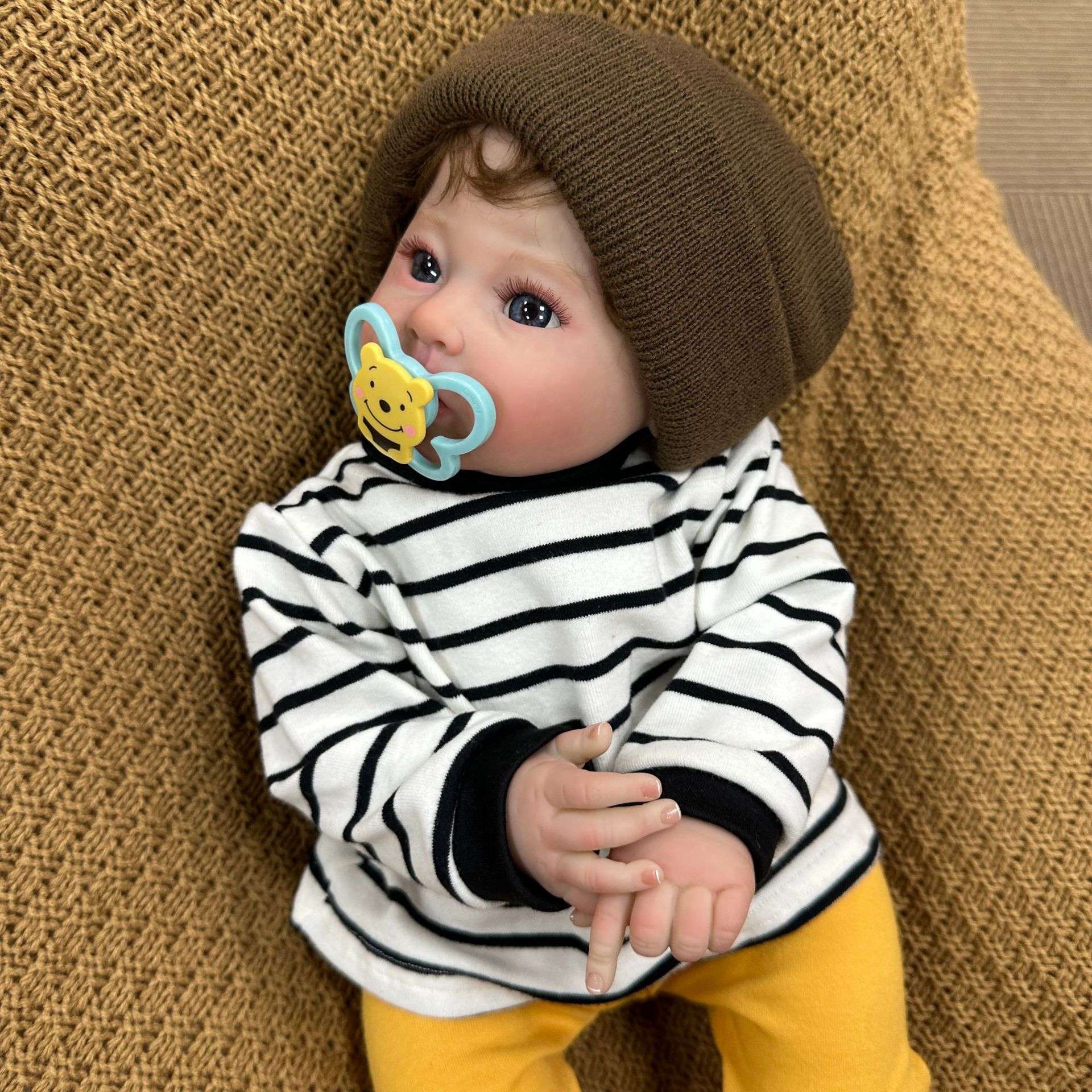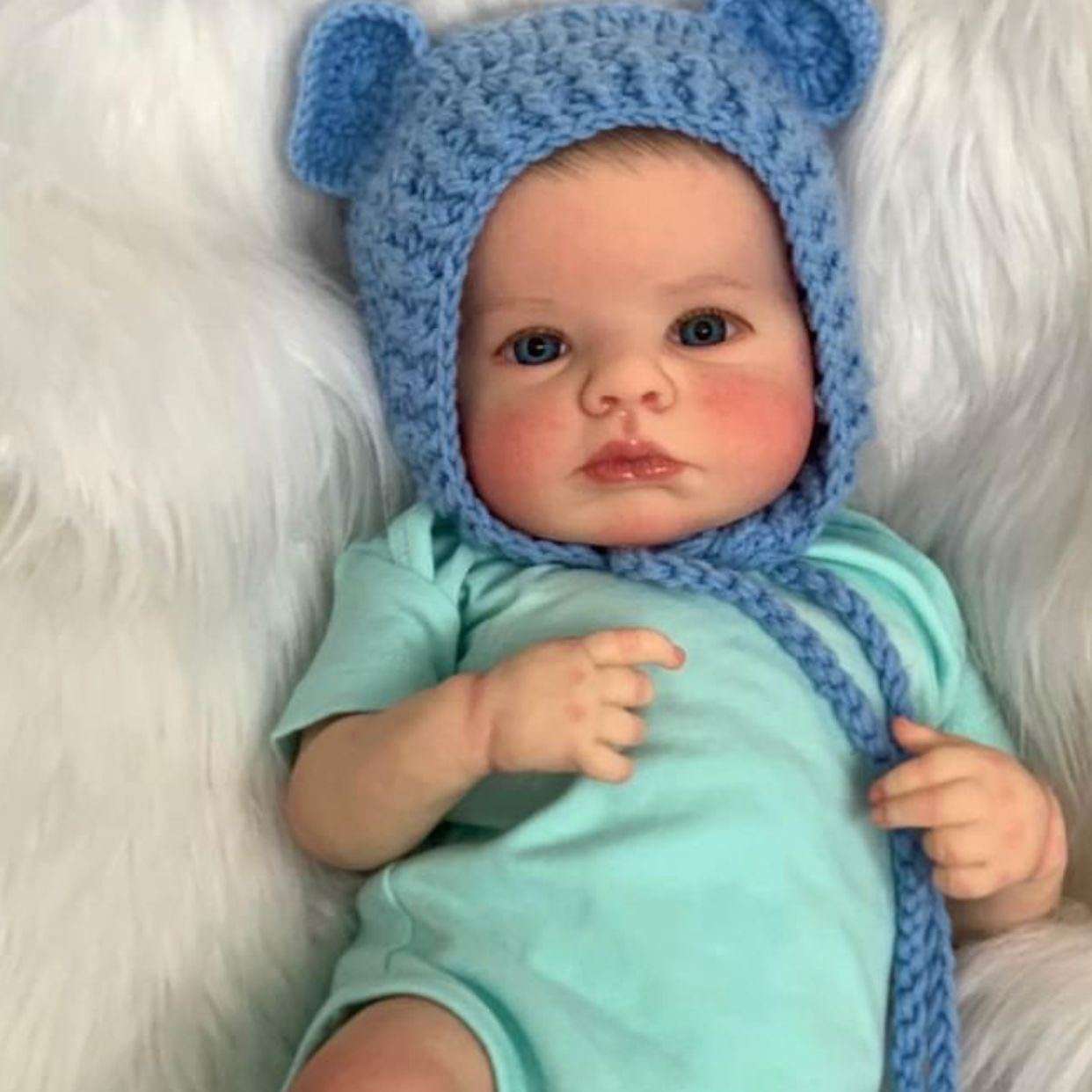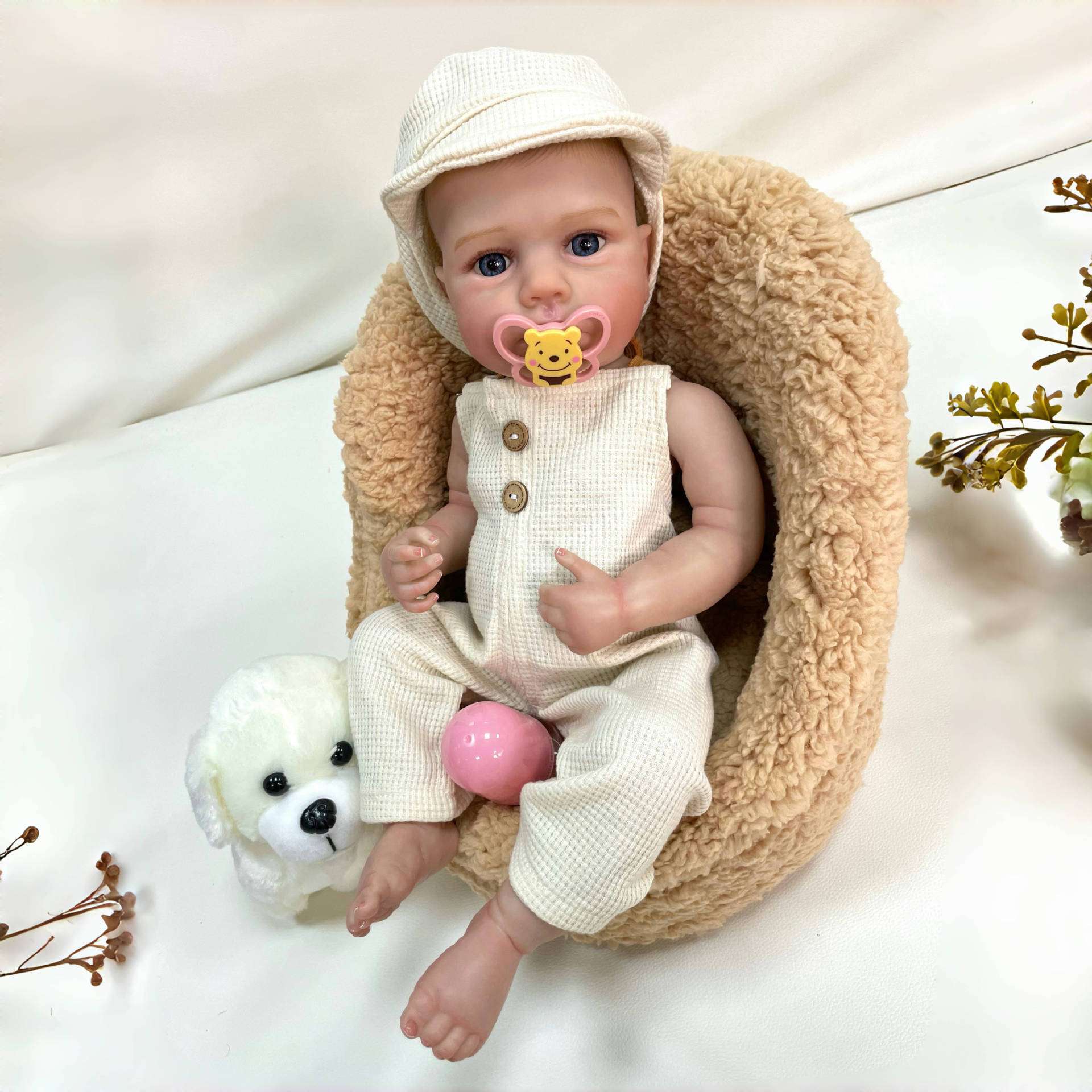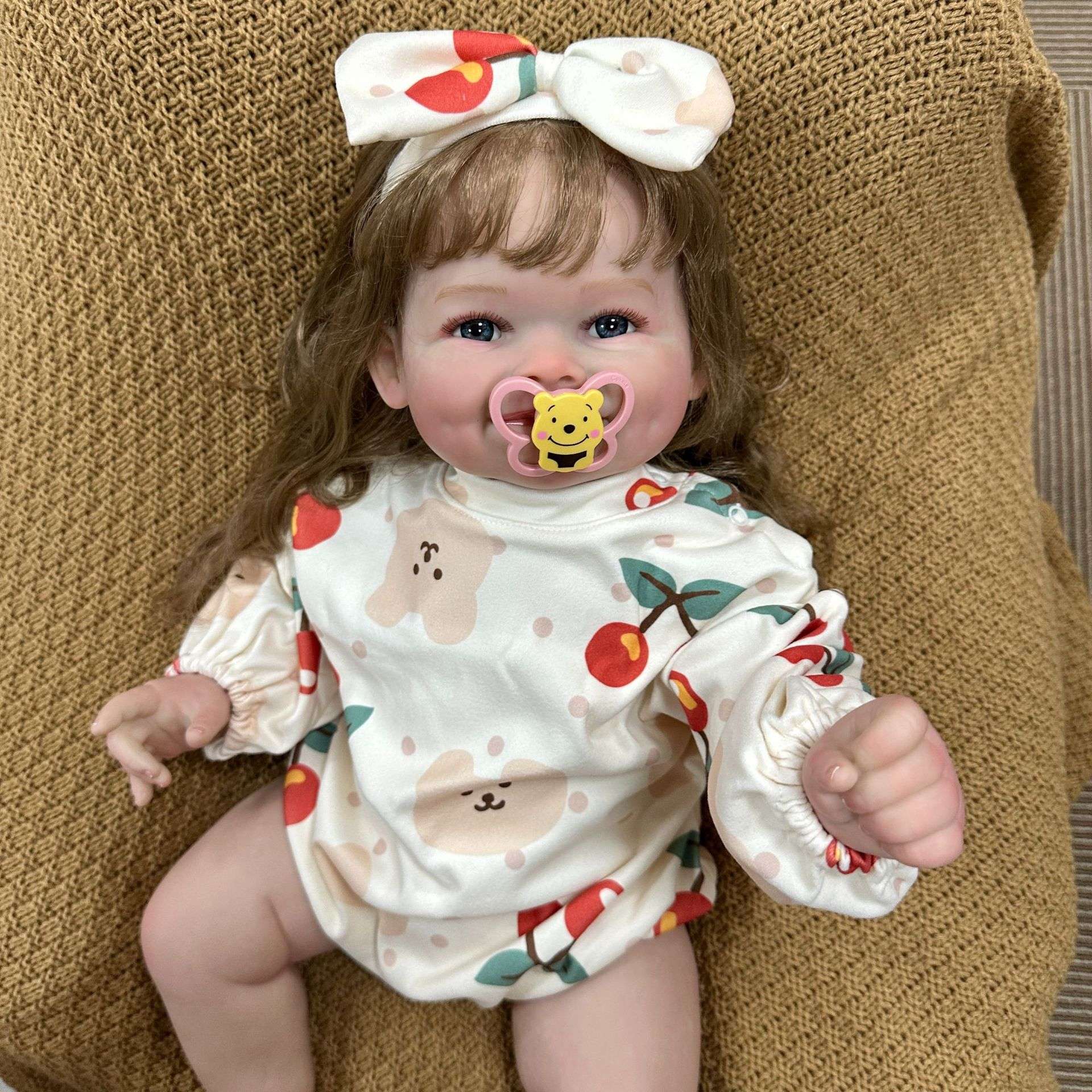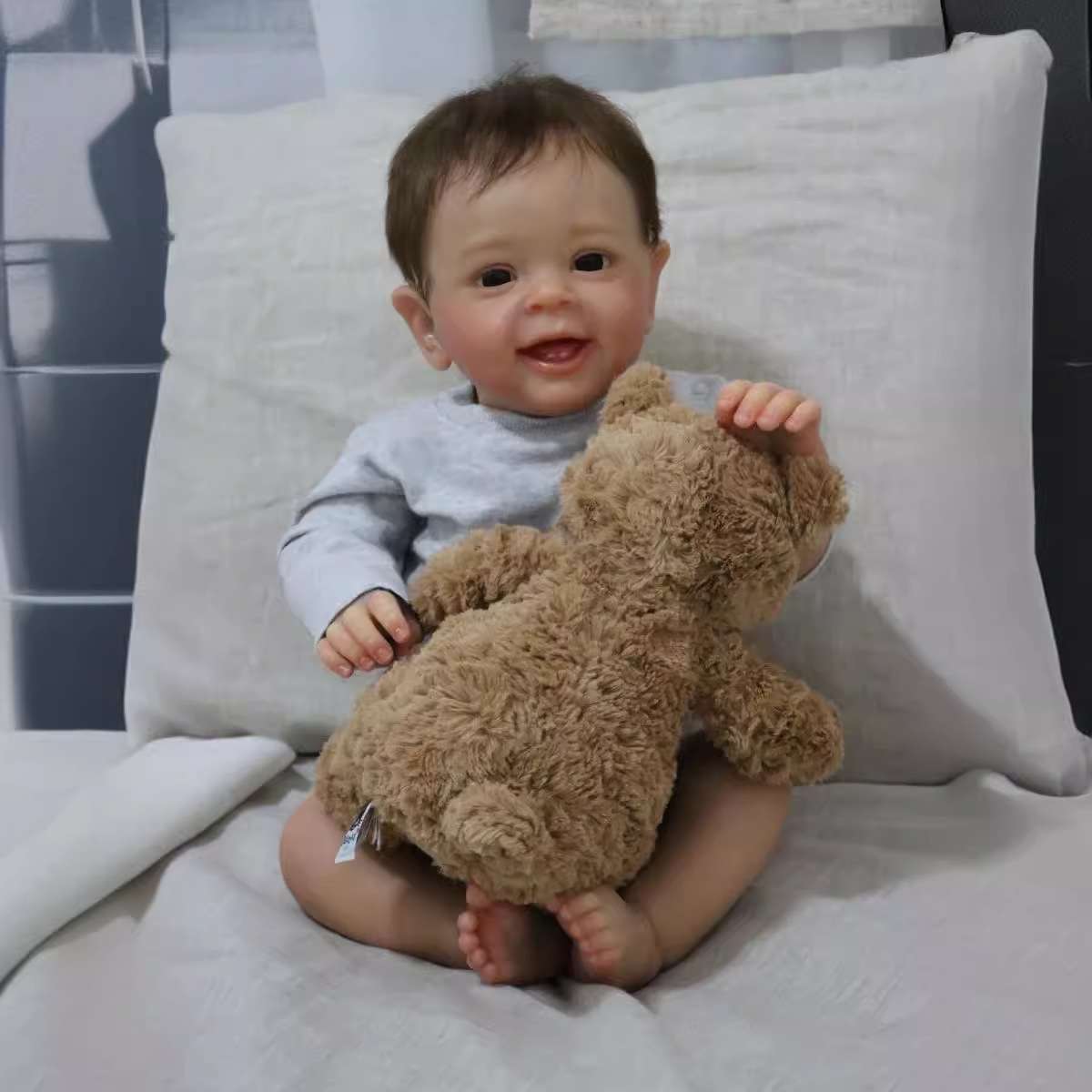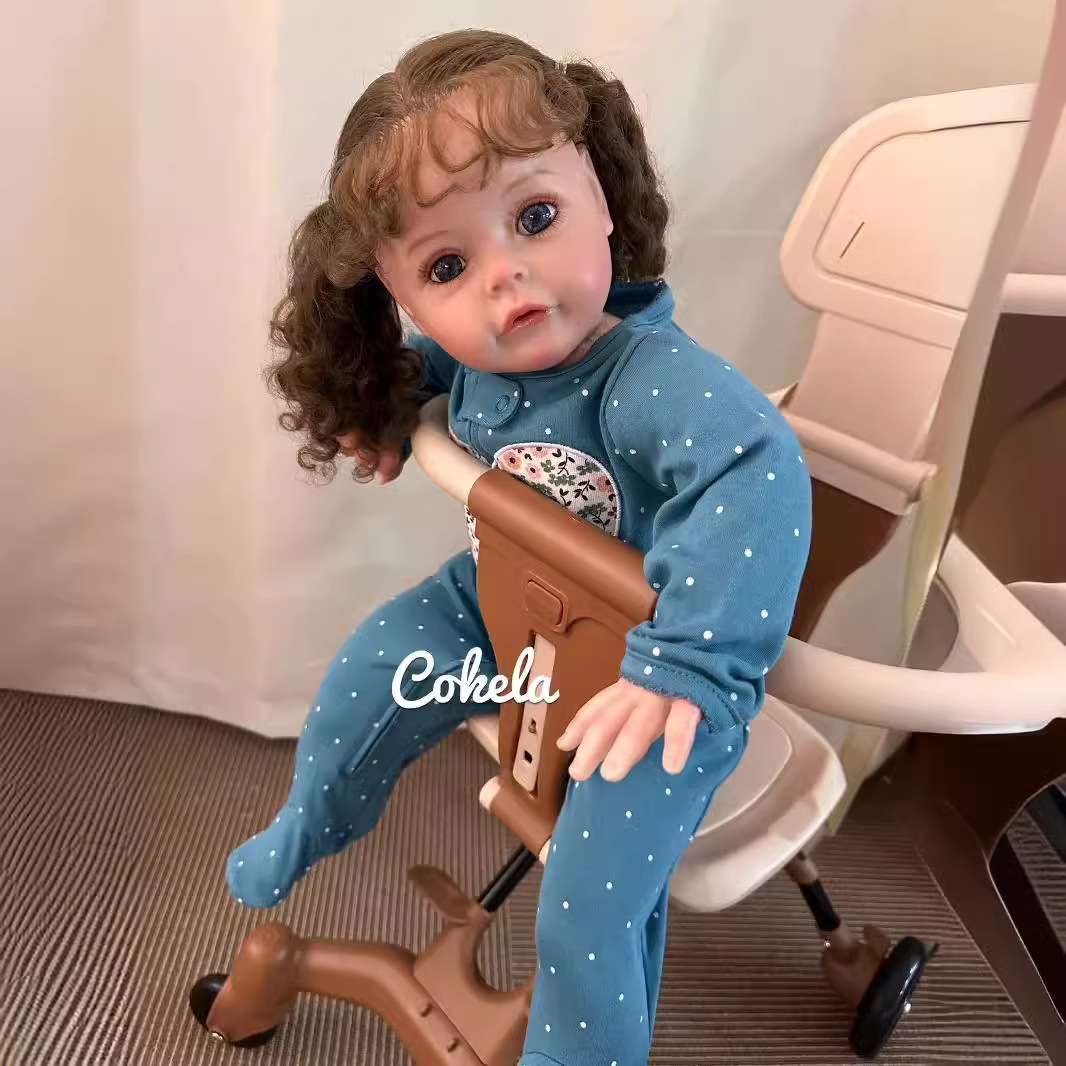Are you looking for a unique way to relive your childhood memories or simply want to experience the joy of nurturing a baby again? Meet the reborn dolls, which are becoming increasingly popular among adults who seek comfort and companionship. These lifelike dolls are designed with intricate details that make them look and feel like real babies. In this blog post, we will explore the many benefits of reborn dolls, from their therapeutic properties to their ability to bring joy into people’s lives. So buckle up and get ready to discover why these beautiful creations are more than just toys!
What are Reborn Dolls?
Reborn dolls are lifelike baby dolls that have been created to look and feel like real babies. They are usually made from high-quality materials, such as silicone or vinyl, and are often weighted to feel like a real baby in your arms. Reborn dolls can be used as therapy tools, comfort objects, or simply as beautiful works of art.
There are many benefits to owning a reborn doll. For one, they can provide comfort and companionship to those who are grieving the loss of a child. Reborn dolls can also be used as therapy tools for children with autism or other developmental disorders. The calming presence of a reborn doll can help children learn to express themselves and interact with others. Additionally, reborn dolls make great gifts for new parents or grandparents. They are also popular items for collectors and hobbyists.
If you are considering purchasing a reborn doll, there are many things to keep in mind. First, decide what type of material you would prefer your doll to be made from. Silicone dolls tend to be more expensive than vinyl dolls, but they are also more lifelike and durable. Second, consider the size of the doll you would like. Some people prefer smaller dolls that fit easily in the palm of their hand, while others prefer larger dolls that are closer in size to a real baby. Third, think about what features you would like your doll to have. Do you want it to be able to cry real tears? Or suck its thumb?
 Why Do People Collect Them?
Why Do People Collect Them?
People collect reborn dolls for a variety of reasons. Some people see them as an investment, while others simply enjoy the process of collecting and caring for them.
Some people view reborns as art pieces, and enjoy displaying them in their homes. Others find comfort in cuddling and caring for their reborns, as they provide a sense of companionship.
Many people also appreciate the intricate details that go into creating a high-quality reborn doll. The time, effort, and skill that goes into creating these dolls is truly impressive, and collectors often form strong bonds with the artists who create their treasured pieces.
How to Care for Your Reborn Doll
When you first bring your reborn doll home, it is important to take some time to get to know them. Here are a few tips on how to care for your new friend:
-First and foremost, handle your doll with care. They are fragile and made with delicate materials.
-Be sure to support their head and body when picking them up or carrying them.
-Keep them away from heat sources, such as radiators, stoves, direct sunlight, etc.
-Do not place them in the washing machine or dryer. Instead, spot clean them with a damp cloth as needed.
-Their hair may be made from real human hair or synthetic fibers. Either way, take care when brushing or combing their hair to avoid damaging it.
-Store your doll in a cool, dry place out of direct sunlight when they are not in use.
By following these simple guidelines, you can help ensure that your reborn doll will stay looking like new for years to come!
Conclusion
Reborn dolls are perfect for those who want to experience the joy of parenting without the commitment. They make great gifts and collectors’ items, and can even be used in therapeutic settings. With so many different types available, it is easy to find a reborn doll that fits your needs. Whether you just want something beautiful to look at or a companion to keep you company, reborn dolls are sure to bring that special feeling of love into your life!
Hits: 140

 Why Do People Collect Them?
Why Do People Collect Them?